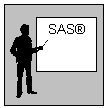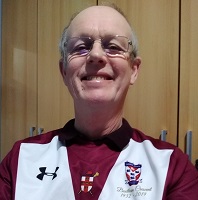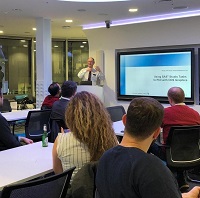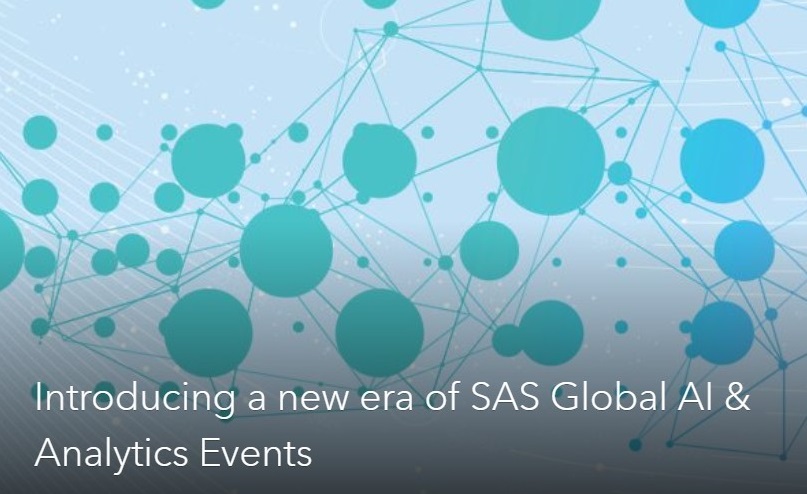![]()
I regularly visit LinkedIn and read the discussions, where they exist. What amazes me are the responses to job posts which just have “Interested”, a name, or an email address. Those who post this type of response are only boosting LinkedIn’s count of “engagements”, not their chances of landing that job.
No-one will give you a job. You have to earn it!
It is true that doing well in a job interview it usually critical. However, in order to do well in the interview, you have to be offered one. A good CV/resume will help, but, even before you send that to an employer, there are ways to improve your chances of being offered an interview:
- Are you already known to the employer? Do you know anyone that already works there?
- Are you actively participating in LinkedIn or other groups? By participating I don’t mean posting “Interested”, but asking insightful questions or offering helpful answers, which demonstrate your subject knowledge.
- Have you presented in conferences or webinars? Presenting papers can be difficult at first, but by researching your topics thoroughly in advance, and incorporating your research into your presentations, you will gain confidence and show that you can explain your subject knowledge clearly to others. You will also find the questions asked afterwards to be easier to answer, or could lead you to research a new topic for a future presentation.
Getting a job should never be easy. It requires you to put in that extra little bit of effort, so that you can stand out amongst the candidates, and the employers see the potential in you and also see the benefits you can bring to their company.
No-one will give you a job. You have to earn it!






















 In the [Messaging experience] menu you can switch off [Messaging suggestions], and then you will have to write your own replies. This may seem to be a lot of hard work, but, hopefully, you’ll no longer appear to be a machine, but a human again!
In the [Messaging experience] menu you can switch off [Messaging suggestions], and then you will have to write your own replies. This may seem to be a lot of hard work, but, hopefully, you’ll no longer appear to be a machine, but a human again!
You must be logged in to post a comment.